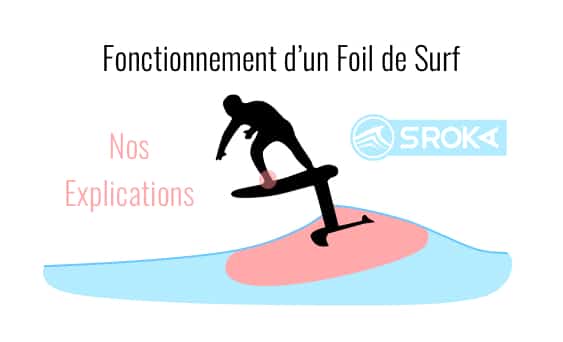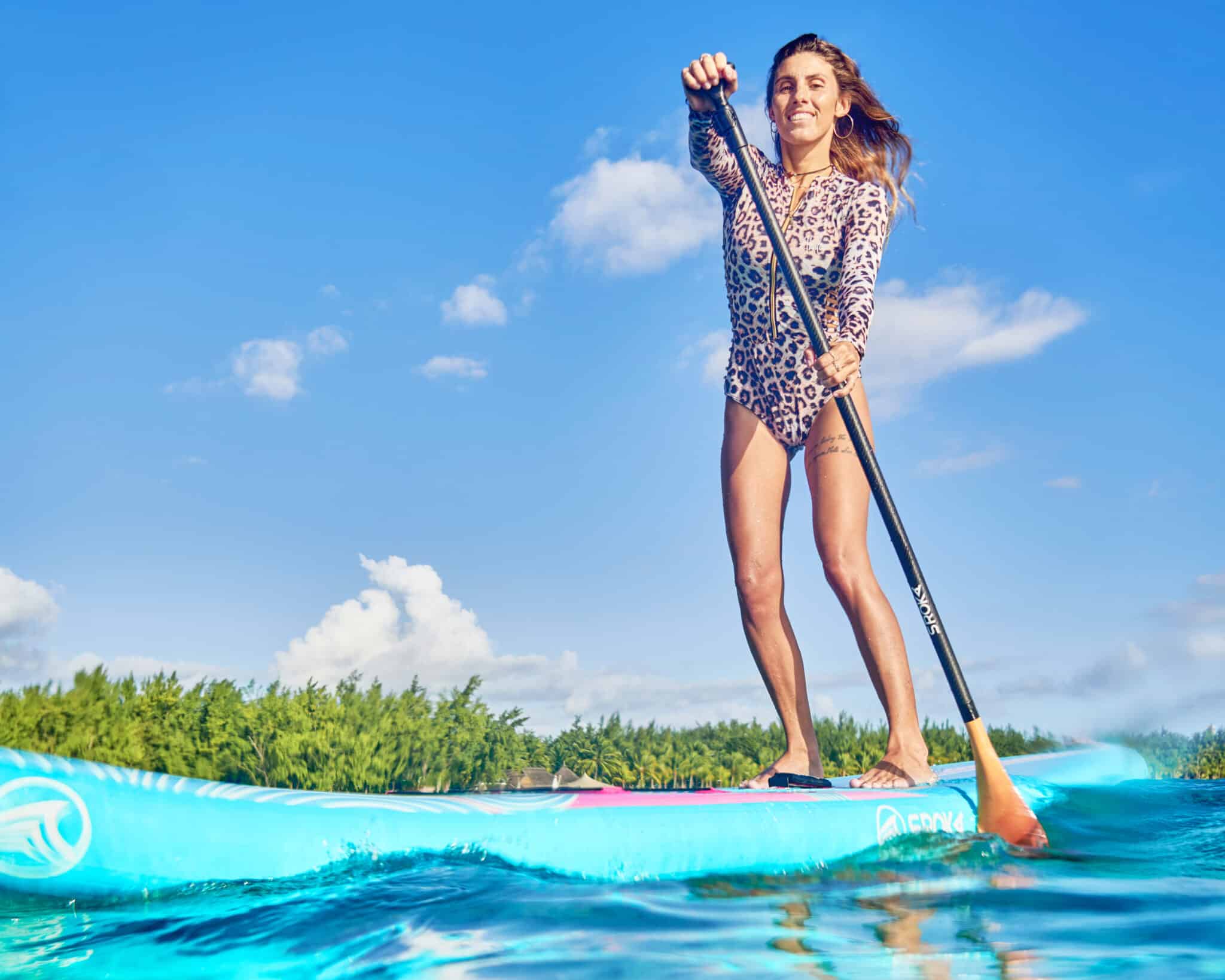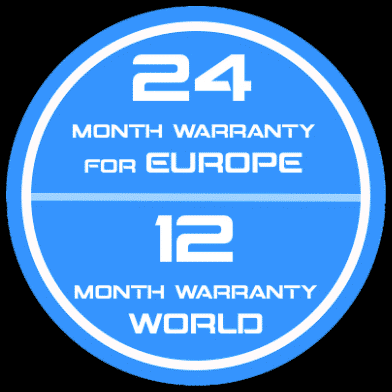Louis-Arnaud surf-foil in Mauritius, equipped with the Fast Flyer 4’6 board and the High Aspect 1190 Lift S-foil Summary Composition of a surf foil Principles …
What to choose between a Low Aspect and a High Aspect Foil?
When you’re just starting out in Foil, or whether you want to evolve, it can be difficult to know which foil to go towards. Low Aspect, Mid Aspect, High Aspect: what are the differences? Which foil to choose according to your level and practice? We explain everything to you in detail.
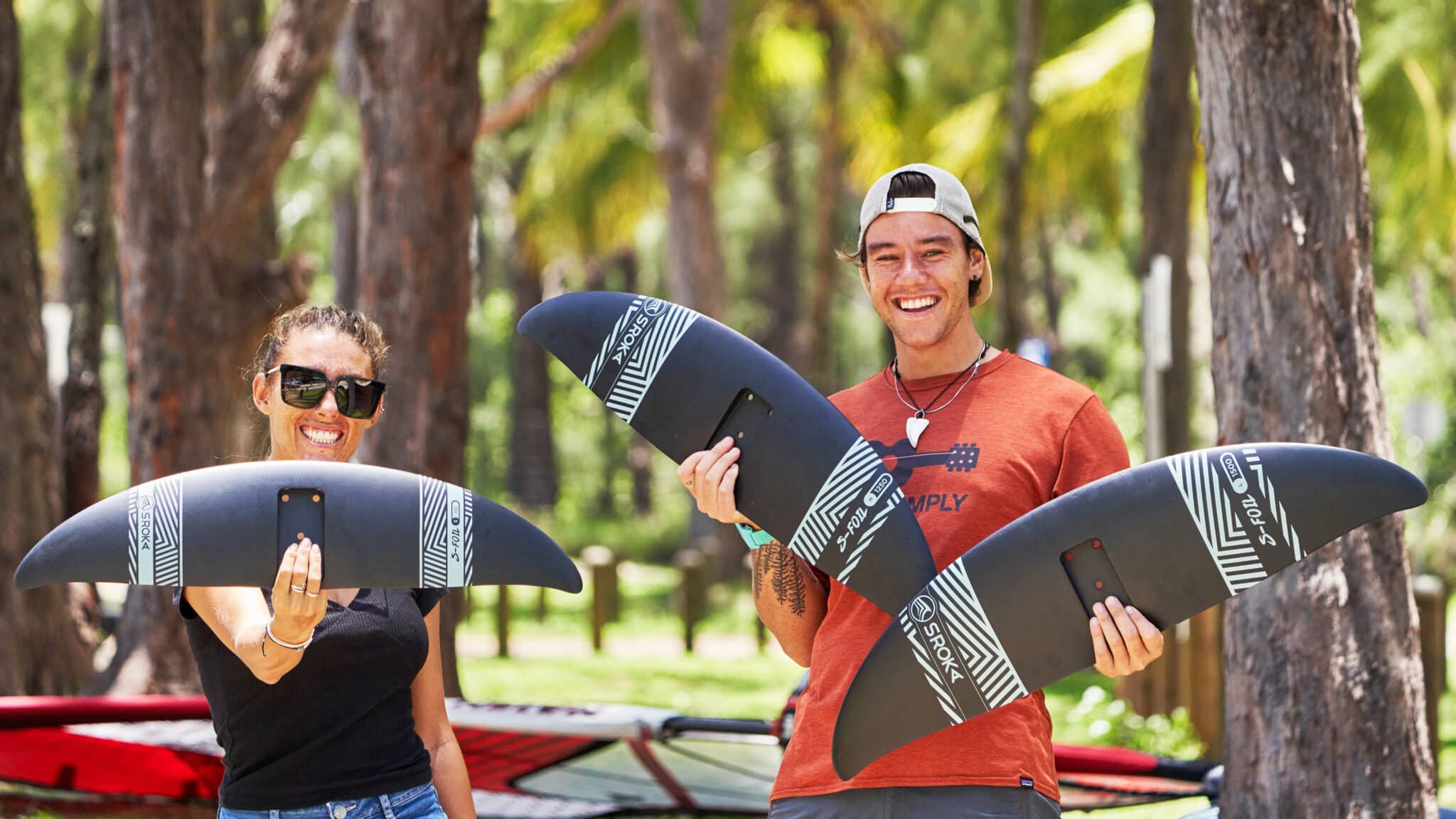
Foil has revolutionized board sports. It allows you to fly over the swell, to move from one wave to another, partially or totally out of the water. It is accessible for all sizes, all levels, all conditions… Whether it’s with a wing, kite, surf, SUP board… Here are all the criteria to consider when deciding between a Low Aspect or High Aspect fin.
Understanding how a foil works
The Foil works like an underwater aircraft by generating a hydrodynamic lift force through the speed it acquires. Composed of a mast, a fuselage, a front and rear fin (the stabilizer), the foil allows the rider to glide on the water. The fins are arranged parallel to the board, and can be controlled simply by pressing the feet. The front fin has a domed shape on the top, and flatter on the bottom, which creates lift. The width of the fin, measured from the center of the leading edge to the center of the trailing edge, is called the “chord“. While the length of the winglet, measured from one end to the other, is called the “wingspan“, it is the same principle as in aeronautics.
What is the aspect ratio of a foil?
Before choosing between a foil with a high aspect ratio or a foil with a low aspect ratio, it is important to understand what the aspect ratio is. The ratio aspect of a foil is a mathematical ratio that describes the shape of the kite. It is the ratio of the wingspan (the distance between the two tips) to its chord (the distance between the leading edge and the trailing edge).
The higher the aspect ratio, the larger the wingspan in relation to its chord. This means that the wing is more elongated and narrower. Conversely, a low aspect ratio indicates a shorter and wider wing.
There are 3 categories of aspect ratio for a foil:
- Low Aspect Ratio: These foils have a lot of rope and very little wingspan. They are good foils for beginners but they quickly saturate in speed because of their large rope.
- Medium Aspect Ratio: It’s a compromise between a high aspect ratio foil and a low aspect ratio foil. They match our range of classic foils. These foils are accessible for beginners while keeping a very good margin of progression.
- High Aspect Ratio: These high-aspect foils have very little rope and a large wingspan.
How do you calculate the aspect ratio of a front wing?
There are two calculations to calculate the aspect ratio of a front foil wing:
- The most accurate formula for calculating aspect ratio: wingspan squared divided by the wing-bearing area of the wing. This formula takes into account chord variations over the entire wing shape and allows for an accurate calculation of the ratio aspect. On the other hand, this formula can be more complex to use because it requires knowledge of the bearing area of the wing, which can be more difficult to measure.
- The simplest formula for calculating aspect ratio:
wing span divided by wing chord
. This formula is useful if you do not know the bearing surface of the wing. However, it does not take into account string variations and therefore only gives an approximation of the ratio aspect.
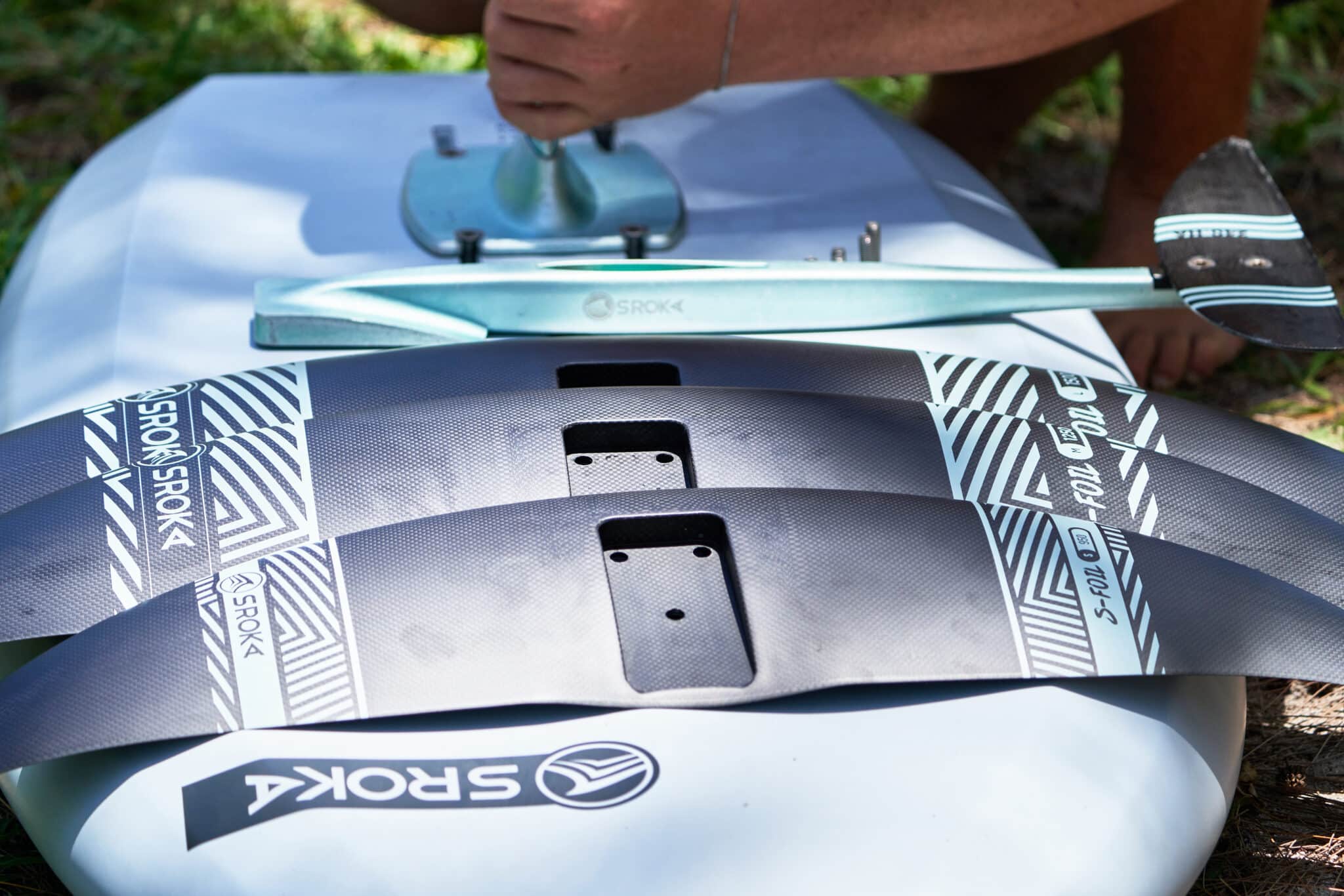
Choose between a high-aspect ratio foil or a low-aspect ratio foil
Here are some key points to consider when choosing between a low aspect ratio foil and a high aspect ratio foil
Speed
The speed of a foil is proportional to its drag. It is common to think that a front wing with a high aspect ratio is faster than a wing with a medium aspect ratio, but this is not entirely true. Indeed, drag is generated by different elements such as the elongation of the general surface of the wing, its twist and the speed squared.
In short:
- Drag is maximized by : speed, aspect ratio, thickness, and front wing chord.
- The more twist there is, the more stable the front wing is, but this decreases the speed.
- The profile of the front wing also plays an important role: for example, if the master beau (the maximum thickness) is very far forward on the front wing, the foil will leave earlier but it will lose speed.
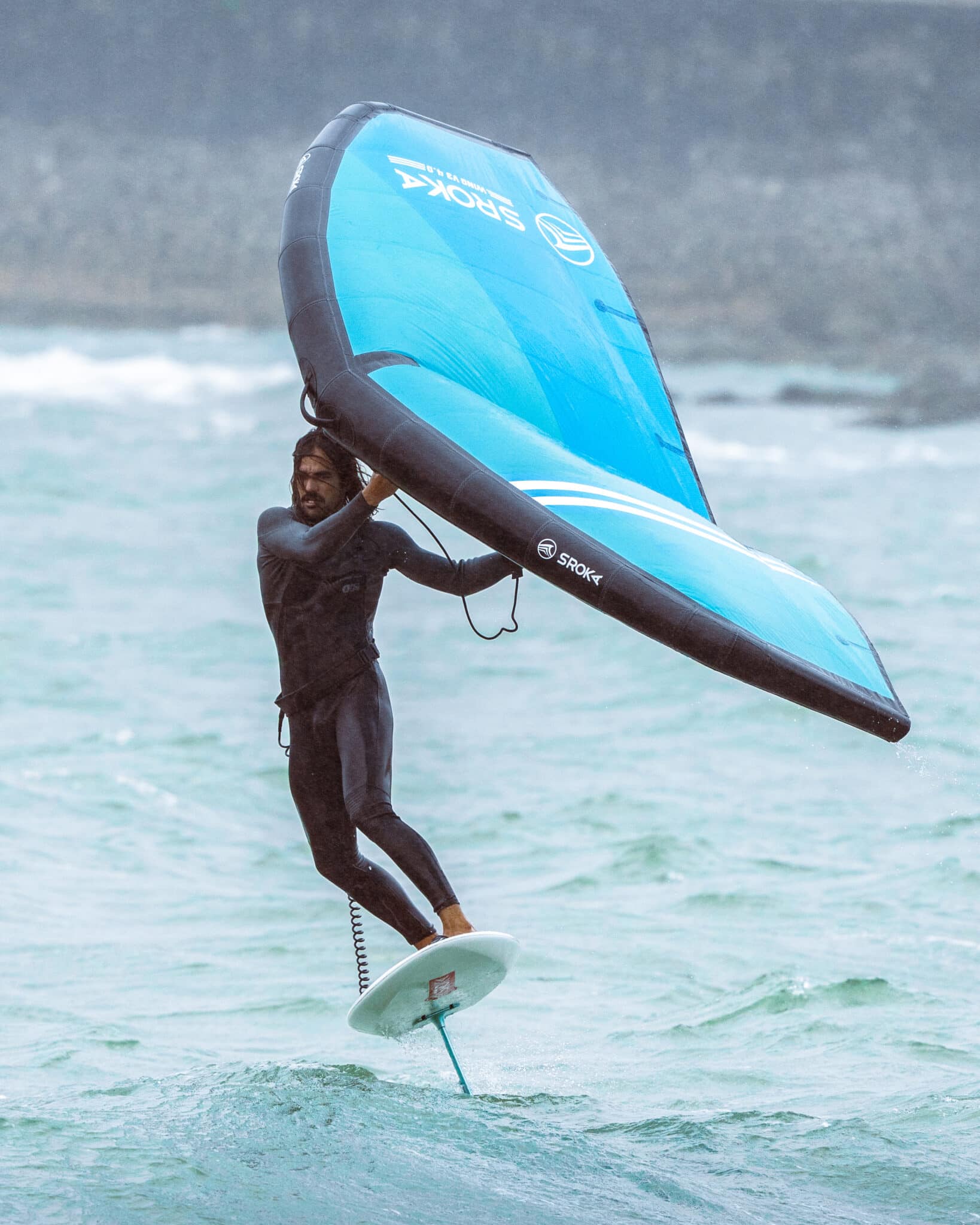
Manoeuvrability
A low aspect ratio foil will be more manoeuvrable, which is ideal if you want to make tight turns while having great ease of control. The rope provides stability in the longitudinal axis. The aspect ratio is limiting for manoeuvrability. Indeed, the greater the aspect ratio of a wing, the less manoeuvrable it will be.
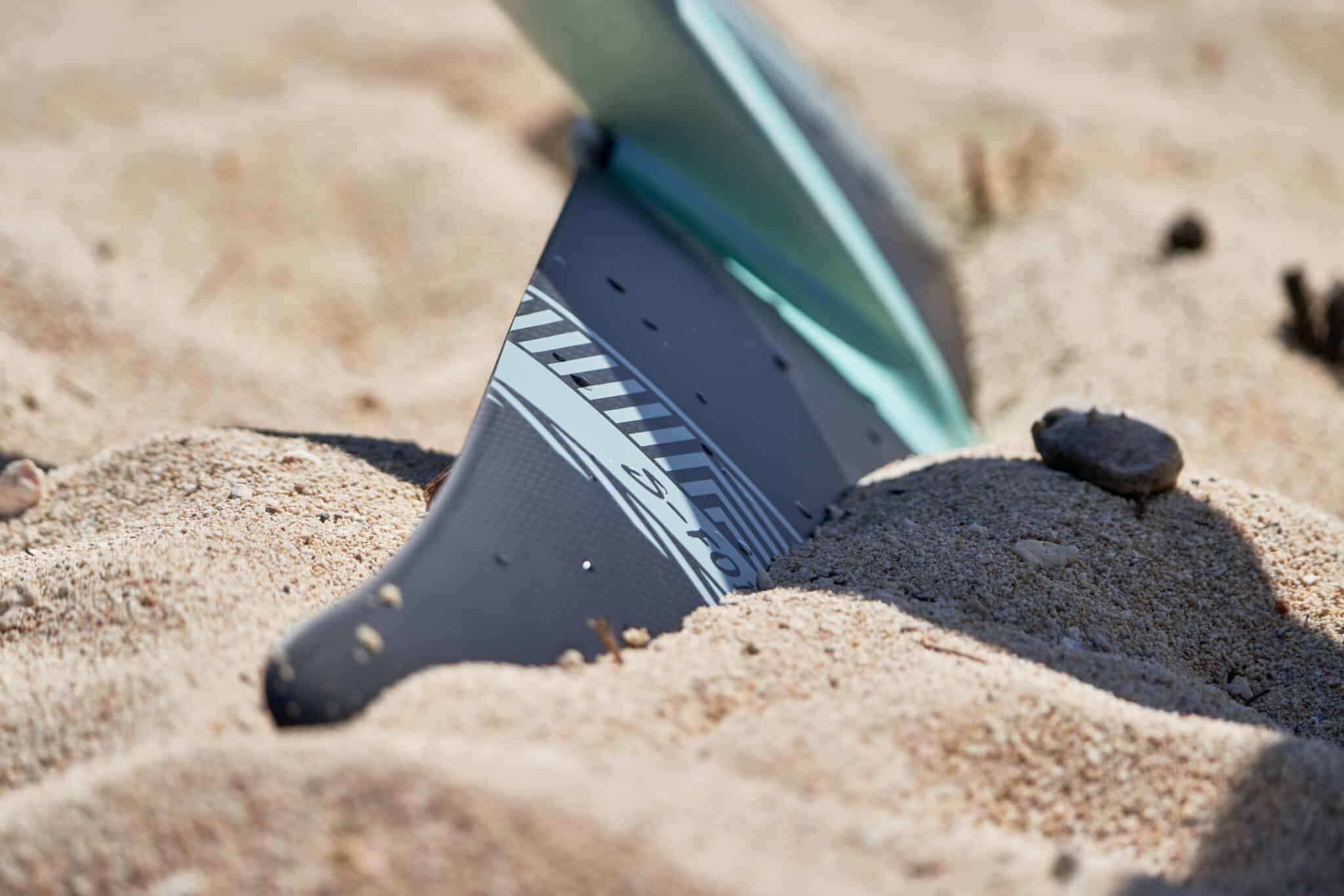
Weight
The weight of the fin has no influence on the overall performance of the foil, but we can still give you some indications to help you see more clearly.
First, the weight of the fin is determined by the amount of material that is put into the wing. If the wing is foamed, then the weight will be less.
However, a fin with a high aspect ratio does not necessarily have a significant thickness. As a result, it will be made of carbon (depending on the thickness), so it will be a little heavier than a foam wing. Low-aspect and thin wings, on the other hand, require a lot of rigidity and will therefore be heavier because they are built in 100% carbon. On the other hand, a wing with a moderate but thick ratio appearance will be foamed. However, since the wing is larger, it will be just as heavy.
The level of practice
Low aspect ratio foils are more suitable for beginner foilers as they offer better stability. However, they don’t offer much room for improvement. It is for this reason that at Sroka, we have decided to design foils with a moderate aspect ratio which offer ease of learning, forgiveness but also excellent glide so that your foil is scalable.
Conditions of practice
The choice of wing is made according to what you want to do. For gliding on wave trains, a high aspect ratio wing will be more efficient. Indeed, in the majority of cases, foils with a greater aspect ratio generate more glide and allow you to fly longer without having to use the wing. On the other hand, with the same surface area, profile and thickness, they will not go faster than a medium aspect.
If you’re looking for
control
and
maneuverability
At high speeds, a wing with a moderate aspect ratio will be more interesting. This is the case if you want to get into freestyle for example.
At Sroka, our philosophy is to create products that perfectly suit your needs, while remaining versatile, rather than forcing you to adapt to the equipment. We are always open to comments and feedback on the Sroka sessions Facebook group, because it is above all for you and to share our passion that we design these foils.
If you still have questions about this, or for any other request, please do not hesitate to contact us !
Article you may be interested in
Did you know that paddle boarding is a great way to strengthen your body? Not only does this activity allow you to escape on the …
Are you looking for an inflatable paddle board for the summer to sail at sea or in lakes? The inflatable paddle board really has a …
What is Wing Foil? Wing Foil is the latest in board sports. This consists of manipulating a wing held with both hands (“wing”) with a …

